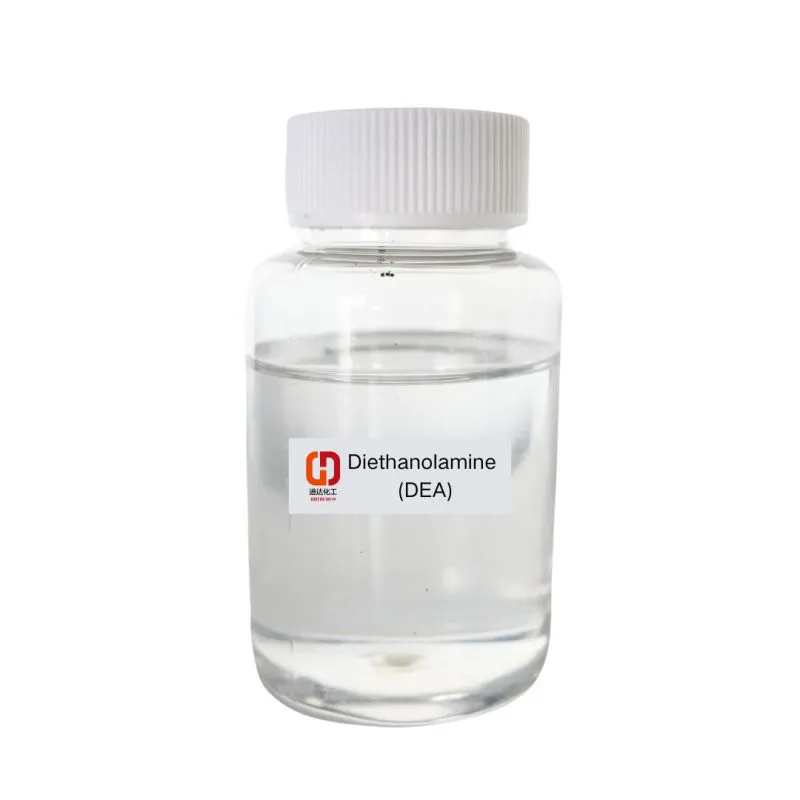Amines: Versatile Compounds Shaping Modern Chemistry
2024-12-05
Amines are a fascinating and essential class of organic compounds, characterized by the presence of a nitrogen atom bonded to one or more alkyl or aryl groups. As a cornerstone in organic chemistry, they play critical roles across various industries, including pharmaceuticals, agriculture, and materials science. This blog explores the nature of amines, their classification, applications, and significance in modern chemistry.
Properties of Amines
- Basicity: Amines act as bases due to the lone pair of electrons on the nitrogen atom. They can accept protons to form ammonium salts.
- Solubility: Lower molecular weight amines are soluble in water due to their ability to form hydrogen bonds. Solubility decreases with increasing molecular weight.
- Odor: Many amines, especially lower aliphatic amines, have a strong fishy odor.
Applications of Amines
Amines have a broad range of applications that make them indispensable in both industrial and everyday contexts:
1. Pharmaceuticals
Amines are key building blocks in drug synthesis. Many medications, including antihistamines, antidepressants, and antibiotics, contain amine functional groups. For instance, epinephrine and dopamine are biologically active amines critical for human health.
2. Agriculture
Amines are used to produce herbicides, pesticides, and fungicides. Glyphosate, a widely used herbicide, is derived from amines.
3. Polymers
Amines serve as precursors in the production of polymers such as nylon, polyurethane, and epoxy resins. They are vital in creating materials used in textiles, coatings, and adhesives.
4. Dyes and Pigments
Aromatic amines are used in the synthesis of dyes and pigments. Aniline, for example, is a precursor for indigo dye, which is used to color denim.
5. Gas Treatment
Amines like monoethanolamine (MEA) are employed in gas treatment processes to remove carbon dioxide and hydrogen sulfide from natural gas and industrial emissions.
Environmental and Health Considerations
While amines are versatile and useful, they can also pose environmental and health risks if not handled properly. For example, certain amines are toxic or carcinogenic, necessitating careful use and disposal. Research into safer and more sustainable alternatives is an ongoing effort in the chemical industry.
Conclusion
Amines are among the most versatile and widely used compounds in chemistry, with applications spanning numerous industries. Their unique properties and reactivity make them indispensable for innovations in medicine, agriculture, and materials science. As research advances, the potential of amines continues to expand, solidifying their role as vital components of modern life. Whether in the lab, factory, or natural systems, amines remain a cornerstone of chemical progress.



